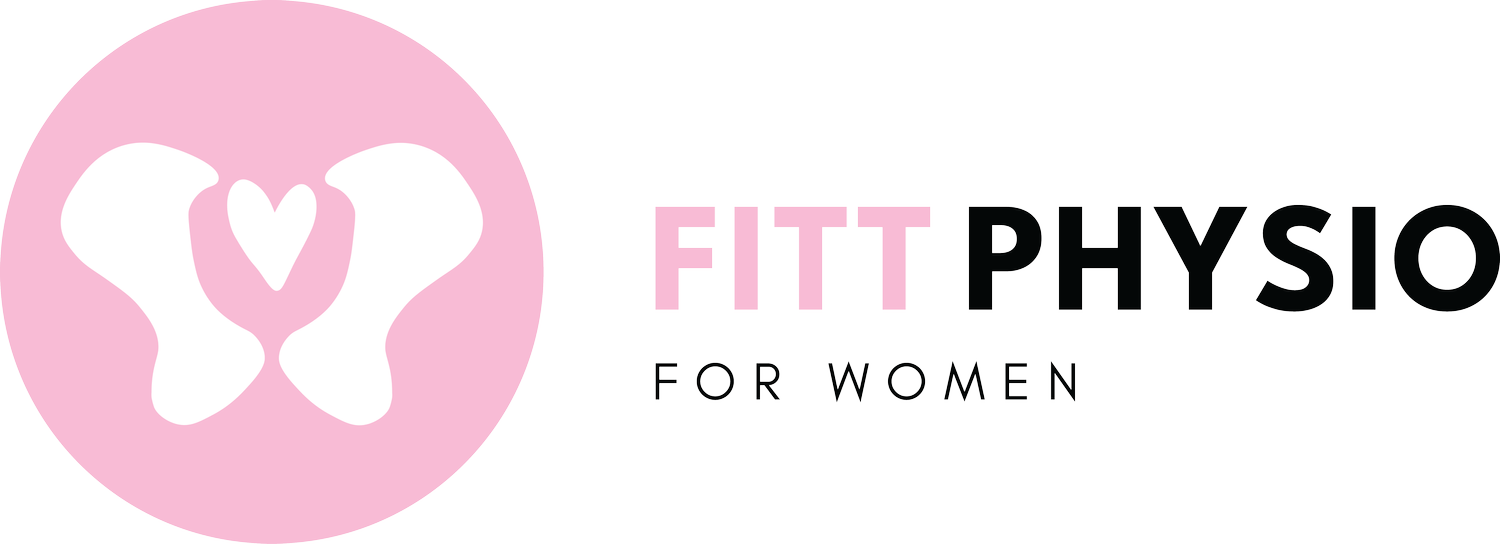Your Pelvic Floor + The Childbearing Year
Hello everyone, in this blog I will cover what your pelvic floor is and why it is important you know about it in your childbearing year!
SO, let's jump straight into it! Your pelvic floor is made up of muscles, connective tissue, nerves and blood vessels. It is what literally makes up the floor of your pelvis. Its primary roles are to:
Support your pelvic organs (bladder, uterus, rectum)
Inhibit bladder activity, so your bladder can expand and hold fluid
Help you delay emptying your bladder/bowels
Relax to allow you to empty your bladder/bowel
Aid in sexual function & orgasm
The reason why these muscles are so important in pregnancy is that Pelvic Floor Dysfunction is VERY common. During pregnancy, your unborn baby's weight in the 3rd trimester starts to place increased stress and strain on your pelvic floor. This is a risk factor for Pelvic Floor Dysfunction. That's right – PREGNANCY is a RISK FACTOR. So if you have a caesarean birth, you are still at risk of Pelvic Floor Dysfunction (AKA; dysfunction = not doing its job correctly!).
Before we move on, Pelvic Floor Dysfunction may be associated with any of the following symptoms:
Increased urinary frequency (are you always going to the toilet?)
Bladder urgency (do you need to rush to the toilet to empty your bladder?)
Bladder leakage (do you leak when you sneeze, run, jump? Do you leak on the way to the toilet?)
Frequent Urinary Tract Infections (nobody likes these!)
Bowel urgency (are you rushing to the loo to emptying your bowels?)
Faecal Incontinence (have you had any accidents?)
Flatal Incontinence (do you have trouble controlling wind?)
Constipation (are you straining on the loo?)
Difficulty emptying your bowel (do you spend a long time on the loo without choosing to?)
Sexual pain (NOT normal)
Inability to achieve orgasm (ladies, this could be your pelvic floor!!!)
Pelvic pain (pain below your belly button)
Vaginal heaviness, vaginal lump/bulge, low back pain (PROLAPSE - 1 in 2 women post vaginal delivery have some degree of prolapse!)
If you birth vaginally, your muscles stretch a crazy amount (over 300%!!!!). Every woman who births vaginally will have Pelvic Floor Dysfunction due to the stretch and lengthening the muscles go through to accommodate for birth. Events that may increase the risk of more serious Pelvic Floor Dysfunction can include; Perineal tearing or Episiotomy, instrumental delivery, prolonged pushing phase (over 2 hours) and birth weight (over 4kg).
It is so important that we identify these risk factors (REMEMBER pregnancy is one) and rehabilitate your pelvic floor to ensure you never have symptoms of Pelvic Floor Dysfunction. Pelvic Floor Dysfunction can be asymptomatic too, meaning you don't experience any symptoms. Shocking isn't it?!
How do I know if I have Pelvic Floor Dysfunction?
You may have some of the above symptoms, suggesting you have Pelvic Floor Dysfunction, or you can see a Pelvic Floor Physiotherapist for screening to assess what your pelvic floor is doing. Preventative treatment is always better than cure!
A 4 to a 6-week postpartum check-up with your Pelvic Floor Physiotherapist is a MUST. Whether it is your 1st, 2nd, 3rd or 7th child, you should get re-assessed each time. Whether you birthed vaginal or caesarean, it should be a priority.
What can I do to decrease my risk of developing symptoms of Pelvic Floor Dysfunction?
It is recommended that all women in their first pregnancy seek advice from a Pelvic Floor Physiotherapist for an individualised pelvic floor exercise program. This has been shown to significantly decrease your risk of developing bladder leakage in both your pregnancy and postpartum (which is great news!!!) So, ladies, if you're expecting your first, book in to see your local Pelvic Floor Physiotherapist ASAP!
Are you planning a vaginal birth?
If so, Perineal Massage is a must! The Perineum is between your vagina and back passage. The Perineum is PRONE to tearing; however, you can reduce your risk of Perineal tearing by 9%!!!!!! It doesn't seem like a lot – but this is an amazing statistic in the pelvic health world. It is recommended you start Perineal Massage at 35 weeks gestation and complete anywhere from 2 to 14 sessions per week, aiming for 5-10mins! And YES, your partner can help.
Exercise during pregnancy
This is a MUST if you can. If you have a complication-free pregnancy, there is no reason you cannot exercise. Exercise during pregnancy looks different for everyone because the type of exercise you engage in will be dependent on what you were doing before pregnancy. Regular exercise 3 times per week has been shown to reduce your risk of Gestational Diabetes by 38%. This is MASSIVE! Women who develop Gestational Diabetes are more likely to have a large baby at birth (>4kg), induction and instrumental delivery. Now, remember, these were all additional risk factors for Pelvic Floor Dysfunction. I hope this is your motivation to move your body! If you need help, touch base with your Obstetric Health Care professional or see a local Women's Health Physiotherapist for more information.
Education, Education, Education!
This is POWER, ladies! How do you make informed decisions without education? Ask questions every appointment, seek answers, read, listen etc. The more knowledge you have, the more power you have over your health and your outcomes.
There is one last point I want to leave you with. If you strain your hamstring, you would need to see a health professional, get some exercises and do some rehab before doing everyday tasks without it bothering you. Pregnancy and birth' strain' your pelvic floor. You may just not know it… yet. Look after your pelvic floor like you would look after your hamstring.
If you'd like to read, see and learn more from me, follow @physioforwomen_ on Instagram!
